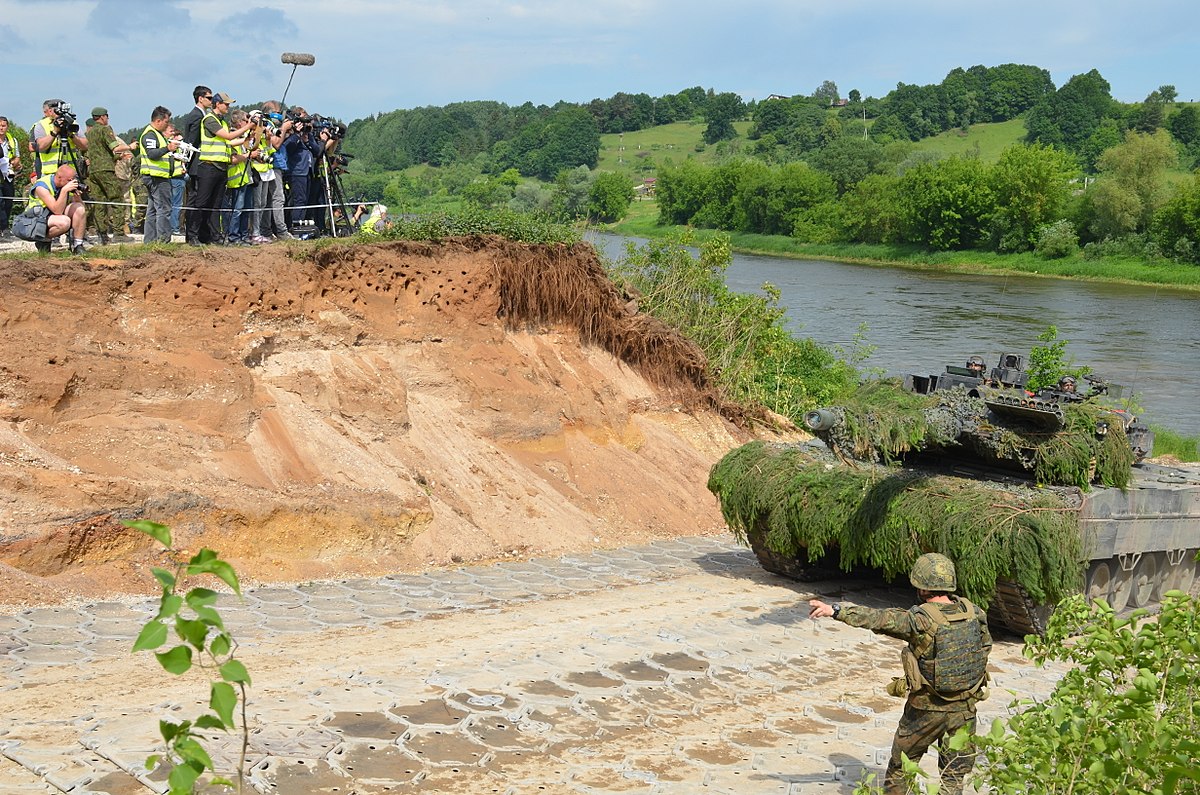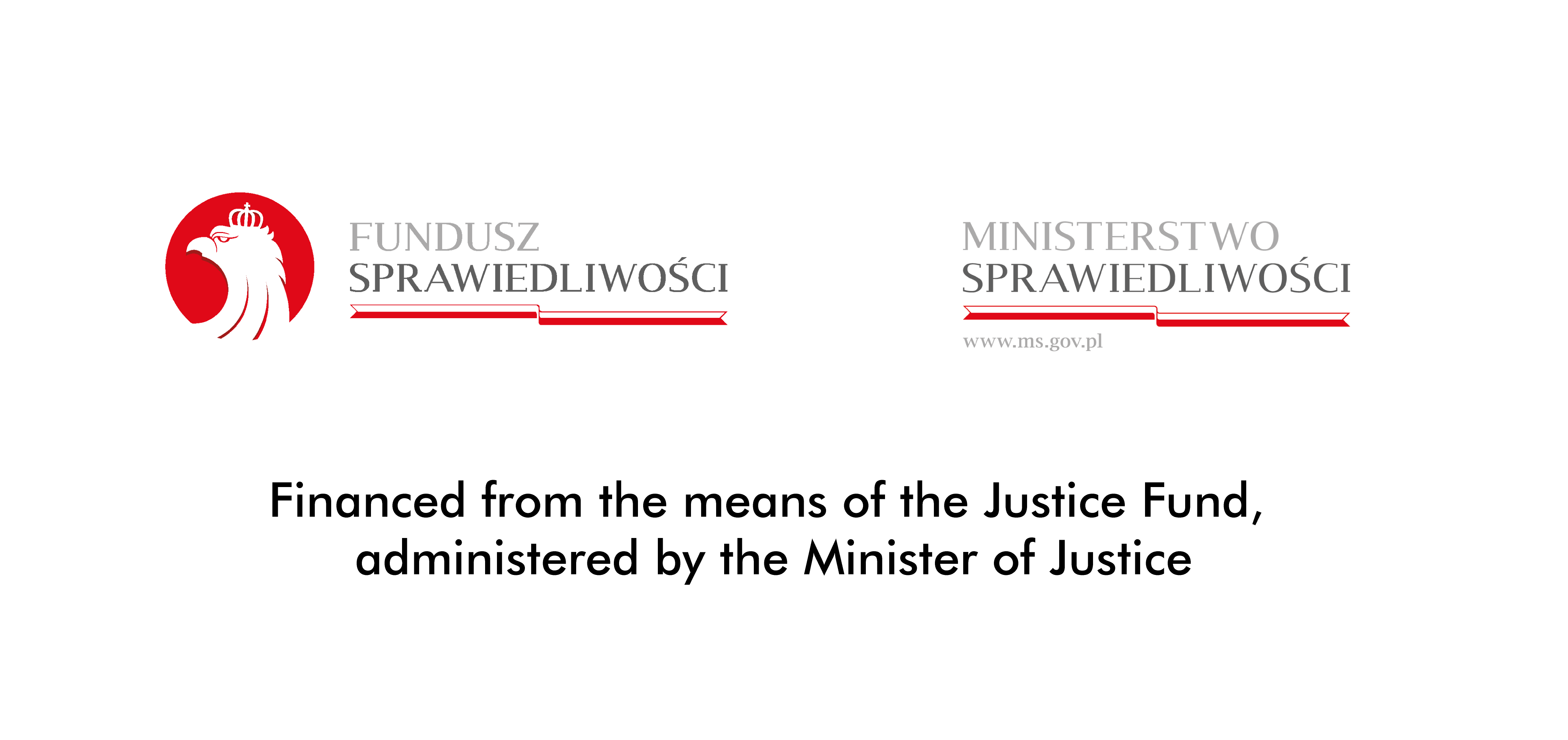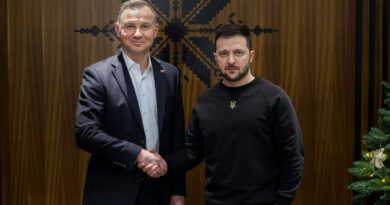A strategic corridor on the Polish border: the European Achilles’ heel? (Part 1)

The American “Politico“ recognized it as “the most dangerous place on Earth”. And although experts are generally skeptical about it, it still arouses great emotions. What is the Suwałki Gap really?
Karol Gac
The Suwałki Gap is a narrow area (isthmus) around Suwałki, Augustów, and Sejny, which connects our country with Lithuania and other Baltic countries, and at the same time separates Russia’s Kaliningrad Oblast from Belarus. It is symbolically crowned with two border tripoints – the borders of Poland, Lithuania, and Belarus meet in the Giby commune, whreaas those of Poland, Lithuania, and the Kaliningrad Oblast meet in the Wiżajny commune.
The isthmus is also, and perhaps above all, a strategically important corridor of key importance for NATO’s security, especially its eastern flank. It is also a potential point of contact between the soldiers of the North Atlantic Alliance and Russian troops.
In 2015, the commander of the US ground forces in Europe at the time, General Benjamin Hodges, stated that it was one of the biggest hotspots on the global map. The significance of this region is evidenced by the words of the former Estonian president, Toomas Hendrik Ilves, who admitted that he coined the name Suwałki Gap to describe the Suwałki Isthmus. It was supposed to take place a few minutes before the meeting with the German defense minister at the time, and today the head of the European Commission, Ursula von der Leyen in 2015, i.e. shortly after Russia’s annexation of Crimea. Ilves was thus trying to highlight a loophole in Western defense.
– In an emergency, it may turn out that the Suwałki Isthmus has been attacked by the Belarusian or Russian army. Then, the Baltic states would be isolated. And we know that their own potential is relatively small and that they are not able to defend themselves in the event of a sudden Russian attack. They must count on help that cannot come only by air. In this sense, the maintenance of the Suwałki Isthmus and the freedom of transport through this isthmus are a condition for the security of these three countries – explained the former Minister of National Defense Jan Parys recently in the “Do Rzeczy” weekly.
Bottleneck
It should be remembered that from Moscow’s point of view, the Kaliningrad Oblast, i.e. the Russian exclave in Central Europe lying on the Baltic Sea, is of fundamental importance. It houses not only the sea base of the Baltic fleet, but also missile troops. – By maintaining the proportions, you can in a sense compare the significance of the isthmus to the old perspective of Germany towards the so-called Gdańsk corridor. The military significance of the Russian exclave as a potential threat to the entire Baltic basin is also important –Paweł Soloch, head of the National Security Bureau, told “Do Rzeczy”.
However, political considerations are as important as military ones. One glance at the map is enough to know why the Russians are treating this area as an island in the enemy’s sea that must be defended at all costs. They are using it in their propaganda, claiming that the West is planning to occupy this territory. Joint maneuvers with Belarus have already taken place in the past, simulating a conflict involving Russia taking over the corridor between Belarus and Kaliningrad. In such a scenario, the Baltic states would be territorially cut off from the rest of NATO and the European Union. However, experts and military personnel are skeptical about this development.
– Politicians and the media are demonizing the Suwałki Gap, but it is unnecessary to raise emotions and manipulate people. As a military man, I am approaching it very coolly and I am not seeing any threat in this direction – said the former commander of the Land Forces General Waldemar Skrzypczak in an interview with the DoRzeczy.pl portal. General Roman Polko, former commander of GROM, is of a similar opinion. – This area has long been defined as a potential attack site. Of course, there is a lot of exaggeration in this […]. Even if Russia wants to connect with the Kaliningrad Oblast, Putin will not hit Poland, but countries where it will be easier for him to gain the fifth column – he assessed.
NATO, however, is not falling asleep and is not idle either. The Ministry of National Defense pointed out that the Suwałki Gap is the area of responsibility of the 16th Mechanized Division, especially its 15th Mechanized Brigade and the multinational battalion under the EFP (Enhanced Forward Presence) initiative with the US as a framework nation. The battalion is composed of soldiers from Romania, Great Britain, and Croatia. The group is stationed in Orzysz, right next to the Suwałki Gap, and constantly exercises its defense. In addition, the troops are constantly rotated so that as many soldiers as possible can be trained. It is also worth remembering that Elbląg is the headquarters of the Northeast Multinational Division, whose task is to coordinate the activities of four NATO multinational battalion battle groups deployed in Poland, Lithuania, Latvia, and Estonia. When it comes to more “down-to-earth” evidence, there is also an early warning radar in the Suwałki Region, which was installed near the tourist town of Przejma Wielka on Lake Szelment. It was set up by NATO headquarters several years ago to monitor the sky at a distance of several hundred meters.
Media hysteria
The subject of the Suwałki Gap returned in the Polish public debate, in particular thanks to the publication of the American “Politico”, which in June described it as “the most dangerous place on Earth”. The portal mentioned that, as predicted by NATO planners, the area would be “probably one of the Russian president’s first goals, should he ever decide to escalate the war in Ukraine towards a direct confrontation with NATO.” In addition, the author of the article also wondered if Washington and NATO “would be willing to risk Armageddon on a piece of sparsely populated farmland that few of their citizens know exists?”, simultaneously adding that this is “exactly the kind of extreme case that Putin is eagerly testing”. The article was quickly disseminated in Poland, often with alarmist headlines.
However, the publication of “Politico” was not the only one in the foreign media which – after the Russian invasion of Ukraine – drew attention to this topic. “El Pais also wrote about the Suwałki Gap in March. The Spanish daily newspaper pointed out that it is “one of the most sensitive regions”, while assessing that it is giving NATO countries (especially Poland and the Baltic states) a “headache”. Journalists quoted the President of Lithuania who pointed out that during the last NATO summit in Madrid, the isthmus was called the “European Achilles’ heel”.
In turn, the prestigious “Foreign Policy” explicitly indicated that NATO must prepare to defend its weakest point – the Suwałki Gap – and “on the Polish-Lithuanian border, the West must respond to Russia’s real capabilities, not make assumptions about its intentions”. More such voices echoed in the European and world press.
With successive media publications, questions began to arise. The war in Ukraine significantly increased the number of inquiries to local governments about the availability of shelters and hiding places in individual cities or provinces. According to data from five years ago, the existing “safe places” in Poland are able provide shelter for less than 3% of the country’s the inhabitants. This problem was noticed, among others, by activists from the Active Masuria Association, who believe that there is an urgent need to build shelters in the municipalities located on the Suwałki Gap. According to their findings, 14 Masurian communes, including cities such as Ełk or Giżycko, lack such shelters. The president of Suwałki, Czesław Renkiewicz, informed one of the councilors that he would not post the letter of the activists containing their findings on the city hall website, “so as not to deepen the anxiety among the residents”.
(…)
This article was published in August 2022 in “Do Rzeczy” magazine.




